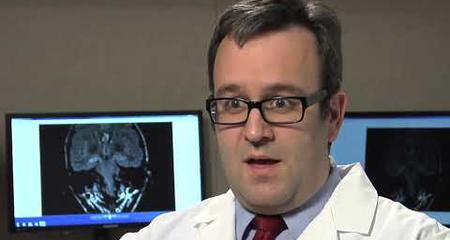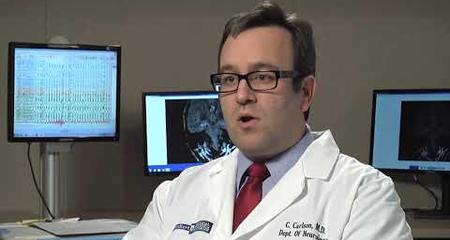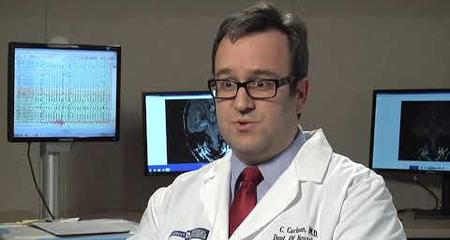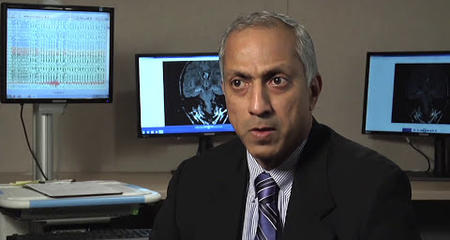Froedtert & MCW Comprehensive Epilepsy Program was the first in the area offering RNS to treat seizures in epilepsy patients.

Seizure freedom is most likely when you remove the part of the brain that causes the seizures. That isn't always feasible — particularly when that area controls your speech, movement or other function that affects quality of life.
RNS is the next best thing — modifying that area of the brain to reduce or eliminate the seizures that originate there. Not to be confused with vagus nerve stimulation (VNS), RNS is used on different parts of the brain while VNS only applies to the vagus nerve in the neck.
The device consists of the RNS neurostimulator and one or two tiny wires containing electrodes. The neurostimulator is placed within the skull by a neurosurgeon and connected to the wires. The wires, or leads, are placed in the area of the seizure focus. The procedure takes two to five hours. Physicians use a programmer and remote monitor to communicate with the neurostimulator and customize therapy for each individual.
The average response is a 75% reduction in seizure frequency nine years after the system is implanted.
Who Can Is Eligible for RNS
If your seizures can't be controlled with medication, RNS may be an option for you. Additionally, your seizures can only originate in one part of the brain, as the system needs a target and can't apply to multiple seizure origins in the brain.
Risks of RNS
All surgical procedures carry risks. Beyond that, we will need to replace the battery after a few years.





